Passive Cooling?
rootdiggernc
17 years ago
Related Stories

GREEN BUILDINGHouzz Tour: Passive House in Vermont Slashes Heating Bills
Its ecofriendly, low-maintenance design leaves a family with more time to relax and enjoy the weekend home
Full Story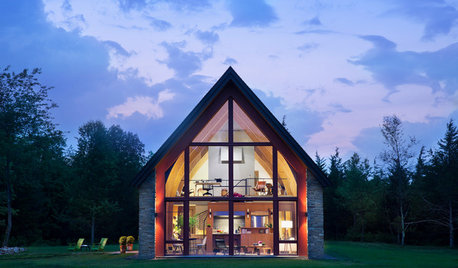
GREEN BUILDINGThe Passive House: What It Is and Why You Should Care
If you don’t understand passive design, you could be throwing money out the window
Full Story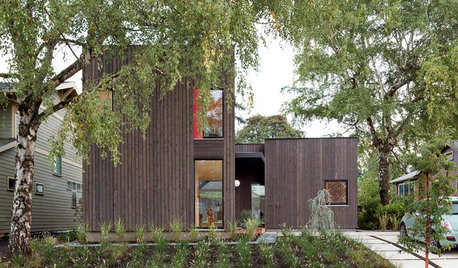
GREEN BUILDINGHouzz Tour: Passive House Principles, Active Benefits in Portland
Lower energy bills and consistent temperatures are just two of the advantages of this architect’s newly built home
Full Story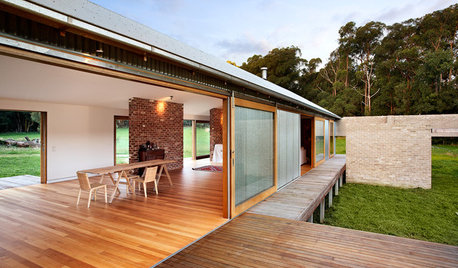
ARCHITECTUREHow Thermal Mass Keeps You Warm and Cool
Passive solar design makes use of this element. Here’s how it works and how you can get it in your home
Full Story
HOUZZ TOURSHouzz Tour: Innovative Home, Heated and Cooled by Design
Meet the Hudson Passive Project, one of the most energy-efficient home designs in the world
Full Story
LIFE6 Ways to Cool Off Without Air Conditioning
These methods can reduce temperatures in the home and save on energy bills
Full Story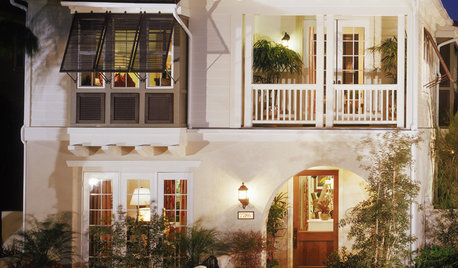
ARCHITECTURETime-Tested, Low-Tech Ways to Cool a Home
People have been beating the heat around the world for centuries without plugging anything in. Could these ideas work for your home today?
Full Story
GREEN BUILDINGThe Big Freeze: Inventors Break New Ground to Keep Things Cool
Old-fashioned fridges can be energy guzzlers, but there are more eco-friendly ways of keeping food fresh, as these global innovations show
Full Story
FLOORSIs Radiant Heating or Cooling Right for You?
Questions to ask before you go for one of these temperature systems in your floors or walls (yes, walls)
Full Story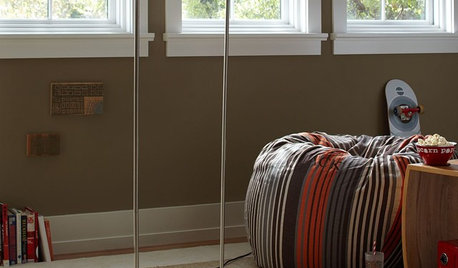
MORE ROOMSDorm Life: Cool Stuff for a Music Lover's Room
Outfit Your Tiny College Home for the Best 9-Month Tour Ever
Full StoryMore Discussions






trianglejohn
rootdiggerncOriginal Author
Related Professionals
Londonderry Landscape Architects & Landscape Designers · Salem Landscape Architects & Landscape Designers · Burien Landscape Contractors · Byram Landscape Contractors · Cincinnati Landscape Contractors · Eustis Landscape Contractors · Fountain Valley Landscape Contractors · Kearny Landscape Contractors · Mesa Landscape Contractors · New Baltimore Landscape Contractors · Post Falls Landscape Contractors · Quincy Landscape Contractors · Richmond Landscape Contractors · West Allis Landscape Contractors · Sun Valley Landscape Contractorssamntokyo
trianglejohn
dottie_in_charlotte
rootdiggerncOriginal Author
dottie_in_charlotte
samntokyo
jeane
samntokyo
trianglejohn
rootdiggerncOriginal Author
tamelask
rootdiggerncOriginal Author
KellyBell
trianglejohn